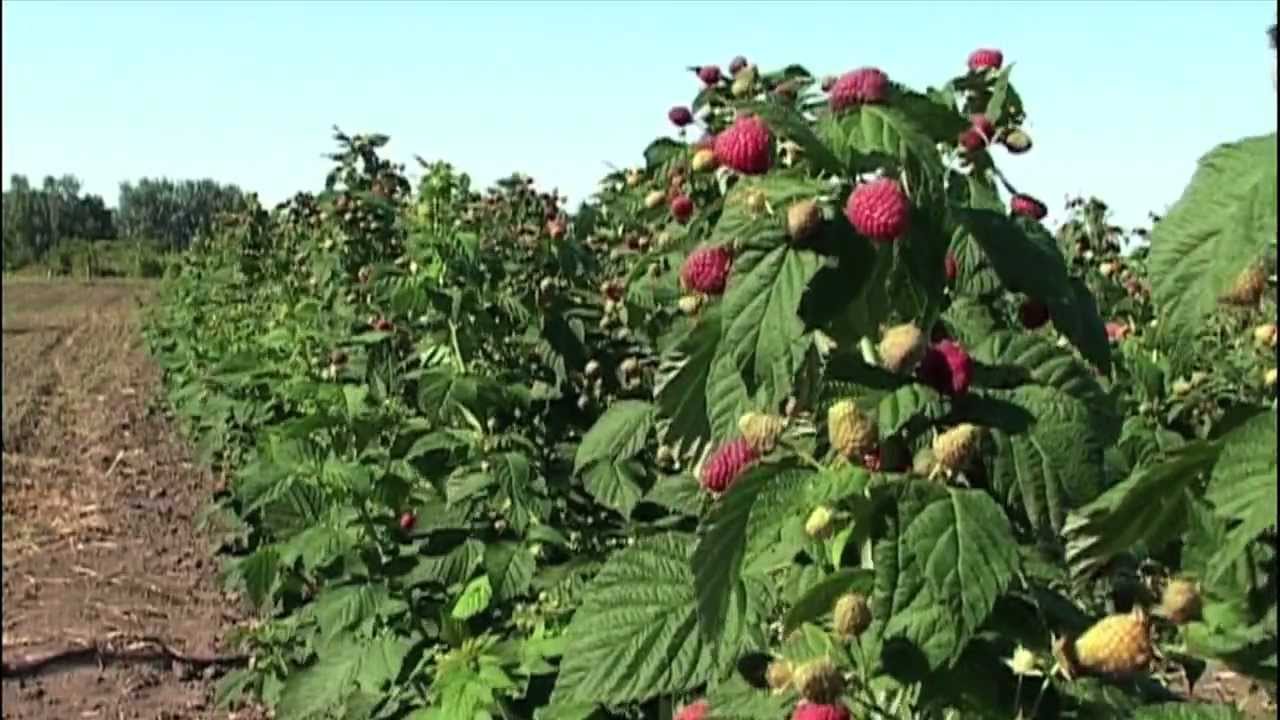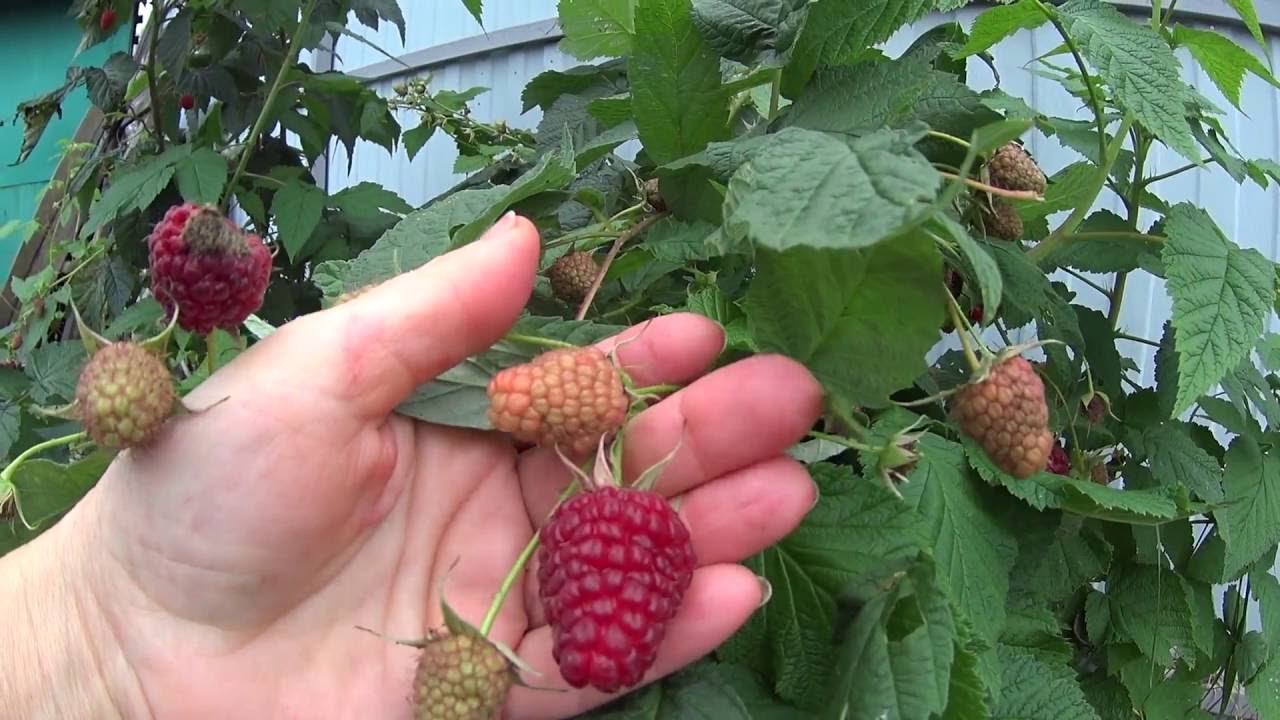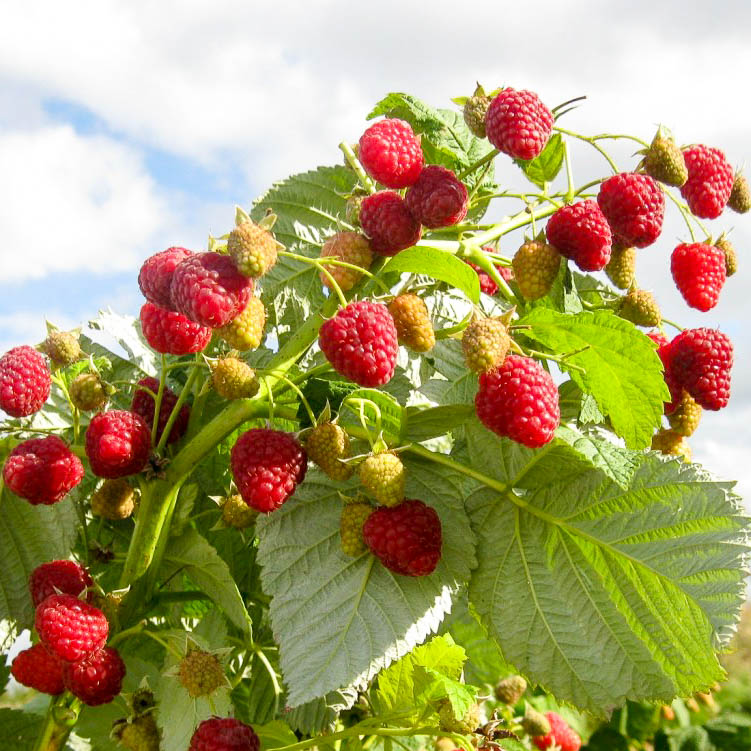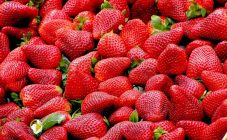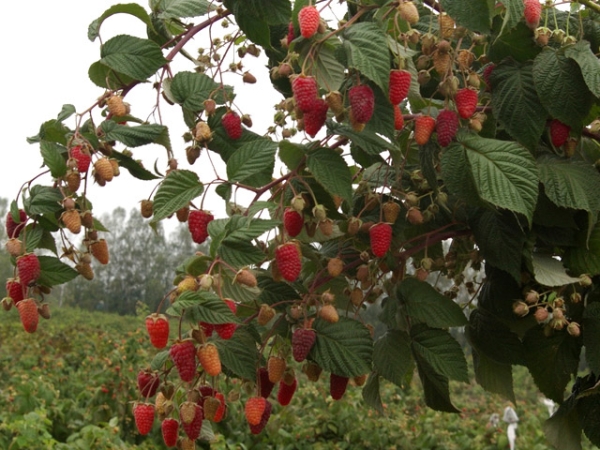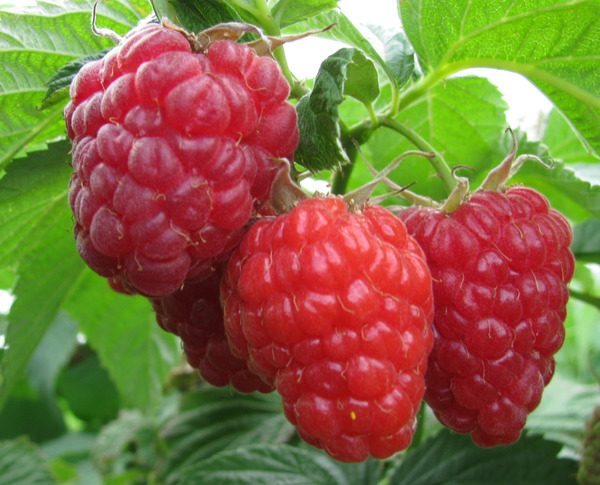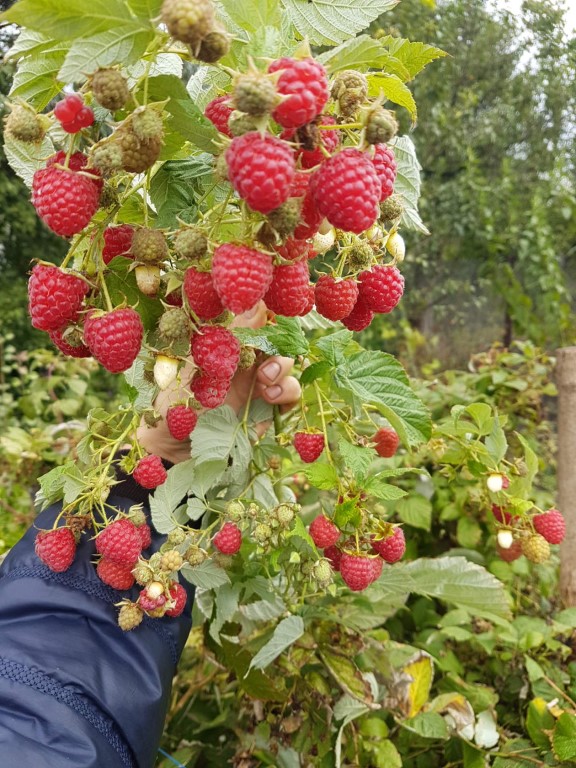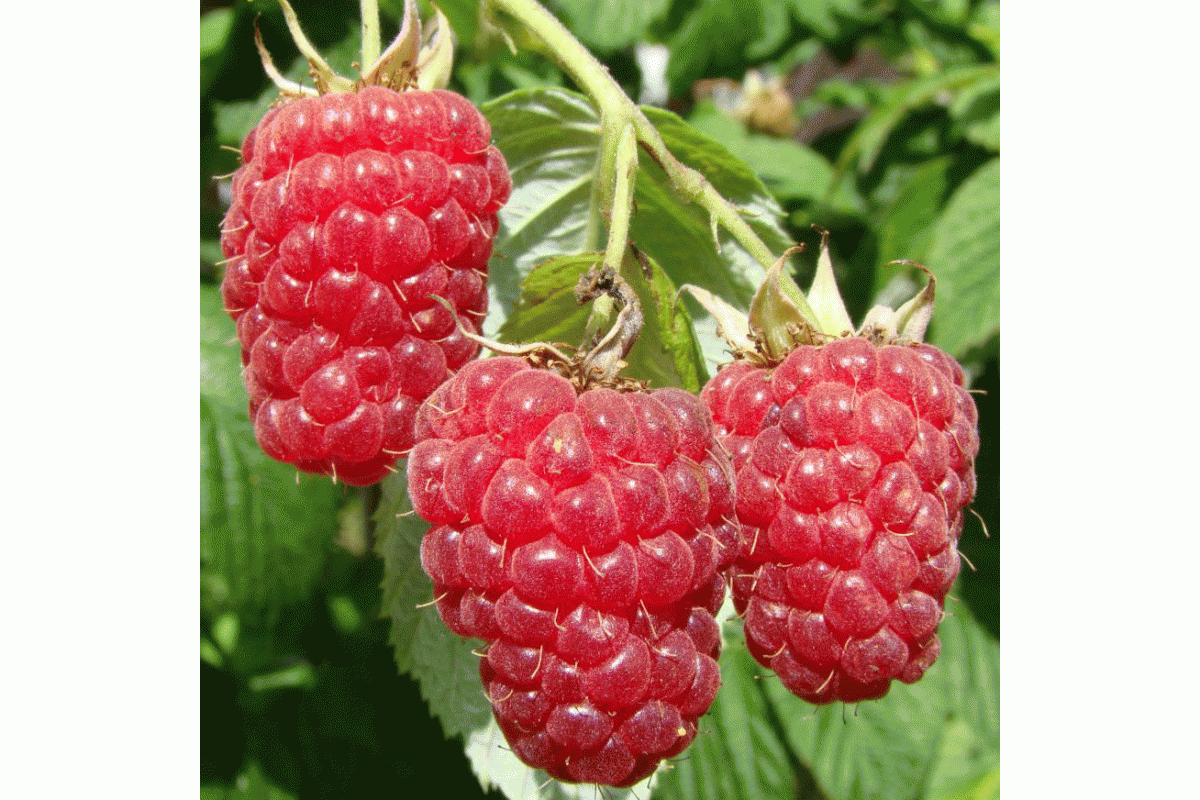Remnant raspberry is a special type of selected raspberry that can bear fruit twice in one season. The first berries are harvested in summer, when ordinary raspberries bear fruit, and, starting in autumn, and before the onset of frost, the miracle raspberry gives a second harvest. To increase yields, remontant raspberry varieties are also grown in annual crops, skipping summer fruiting. Berries can have raspberry and orange hues.
The first variety is a valuable natural mutation
The unusual flowering and fruiting of raspberries was noticed by American botanists over 200 years ago. A natural change in the genetic code of the common raspberry caused the bush to suddenly bloom again in the fall. The observations continued, and it was found that the next season the fruiting part of the branch died out, and the next fruits began to appear in its middle and lower part. This feature of raspberries served to develop breeding work in this direction. The bred varieties began to be called remontant raspberries, which means replenished.
Agrotechnics
Full autumn pruning
The uniqueness of the remontant raspberry lies in the fact that every spring the shoots emerge from the ground again to bring a new crop in the current season. To do this, make a complete pruning of the stems in the fall, after the raspberries have thrown off all the leaves. The branches are removed completely, without leaving even small clippings that can be seen above the ground. This growing method is suitable for regions with temperate and cold climates. When choosing which raspberry is better to plant remontant or ordinary, it is important to know such advice from gardeners as the remote location of these crops on the site. In close planting, bushes can overlap, and it will be difficult to know which branches require pruning.
Two harvests
A two-harvest scheme in one season is more suitable for southern regions. In winter, the shoots of the current year are not cut off, and the first time they begin to bear fruit in early summer, and the second - in the fall. Thanks to the warm climate, all the berries have time to ripen. But in this case, the harvest of the entire season will be divided into two periods. The branch that bore fruit in early summer is immediately removed after picking the berries. After harvesting, the autumn branch is cut below the area where the berries were.
The second variety is man-made
The second variety appeared in the course of further breeding work, the difference of which was an increase in fruiting throughout the stem, and not only on its periphery. Such raspberries are additionally referred to as Rashbush or swift and bushy. Swift raspberries are named for their annual growth from shoot to ripening, while regular raspberries only begin to bear fruit in their second year. And bushiness began to mean the ability of the stem to branch out, similar to a bush bouquet.
Benefits of the second variety of Rashbush
The advantages of the variety are in its features. An important difference from ordinary raspberries is that the stems of remontant raspberries for growing in an annual crop are completely cut in the fall, leaving only the roots securely hidden under the ground to winter. Therefore, the culture is not afraid of wintering in any climate, as well as a changeable spring: it will not need to arrange and remove shelters.It's easy to care for a culture.
Repairing raspberry varieties blooming at the end of summer do not coincide with the biological appearance of various pests, so the bushes do not need to be sprayed. No worminess appears in the fruit. This berry is useful and pleasant to eat. But, which raspberry to choose, remontant or ordinary, should be decided, taking into account the ripening time, so that the berry can ripen before the onset of frost and snow, or take several different varieties that will ensure the harvest throughout the season.
Agricultural technology of annual raspberry Rashbush
When choosing which raspberry is better than simple or remontant, it should be borne in mind that annual raspberries, unlike ordinary ones, need to ripen in one short season. In order to grow from the shoot to the ripening of the berries, the crop will need extra care and a lot of energy, which it must get from the nutritious soil. For dressing, organic and mineral fertilizers are used.
For a high-quality and friendly harvest, abundant watering is required, without moisture stagnation.
Repair raspberry bushes are not tall, but due to their bushiness, they may require trellis.
Plantation laying
The raspberry bush is placed in a bright, warm place so that the sun is enough for the harvest. The soil is needed fertile, loose, with good drainage. To maintain the required soil conditions, the entire row is mulched with cut grass.
In multi-row plantations, it is important to provide access to light without shading the bushes with each other, therefore, a distance of 2-2.5 m is maintained between the rows. In one row, seedlings are placed every 80 cm.
The plant can be propagated by root cuttings or by using a young green nettle seedling.
Range
Old varieties
Ottom Bliz is a seasoned variety, on the basis of which various subsequent species were created, called, including the "raspberry tree". The old varieties of Soviet selection include Progress - the first semi-renovated variety bred by I.V. Michurin.
With the advent of new breeding achievements, old varieties, with their lower rates, leave the plantations.
Modern foreign selection
- Lachka (Laszka);
- Malling Minevra;
- Glen Ample.
Bryansk masterpieces of I.V. Kazakova
- Hercules is a small bush with large berries;
- Indian Summer-2 - a variety with medium-sized berries with a beautiful dark crimson color;
- Bryansk Divo is a variety with large, elongated berries of sweet and sour taste.
Reliable varieties of V.V. Kichiny
- Kalashnik is an unpretentious fruitful late ripening variety;
- Unattainable is an early ripe dessert variety.
Growing a remontant variety of raspberries means that the grower can harvest all season. Repairing qualities are also inherent in such crops as strawberries and strawberries.
